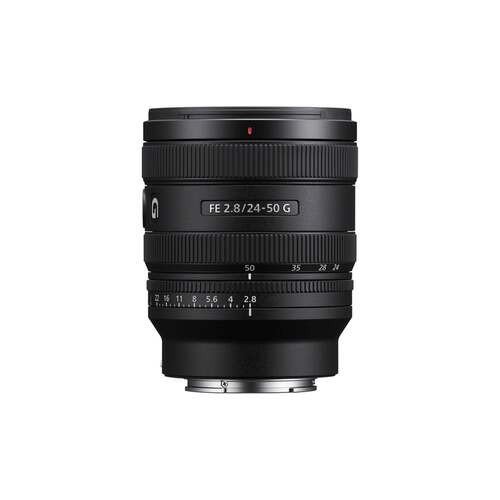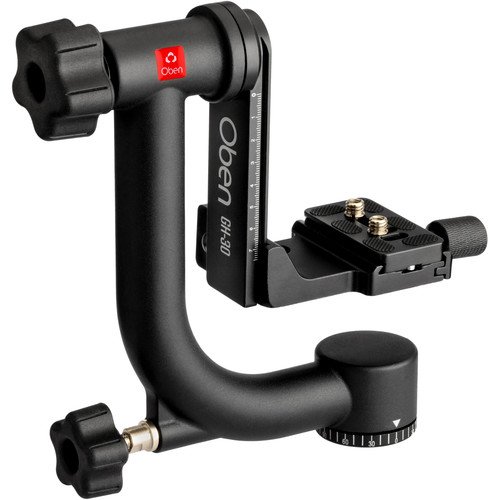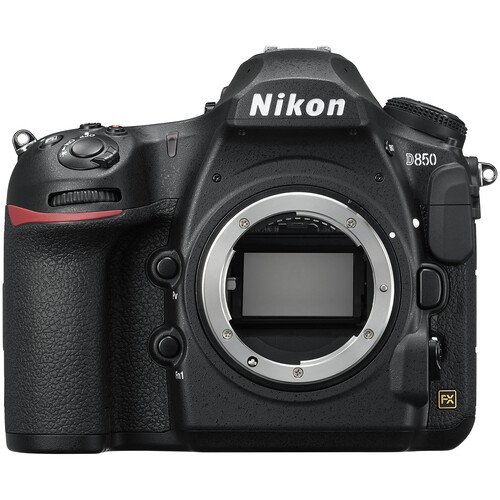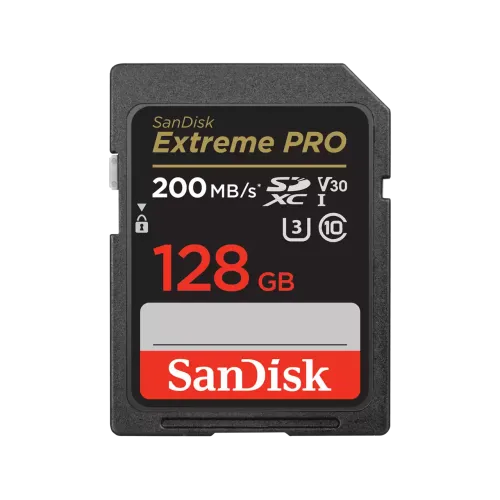Nikon D850 Specs
| Lens Mount |
Nikon F
|
| Sensor Resolution |
Actual: 46.89 Megapixel
Effective: 45.7 Megapixel (8256 x 5504) |
| Image Sensor |
35.9 x 23.9 mm (Full-Frame) BSI CMOS
|
| Image Stabilization |
No
|
| Continuous Shooting |
Up to 7 fps at 45.7 MP for up to 51 Frames (Raw)
|
| Internal Recording Modes |
H.264/MOV/MP4
UHD 4K (3840 x 2160) at 23.98/25/29.97 fps 1920 x 1080p at 23.98/25/29.97/50/59.94 fps 1280 x 720 at 50/59.94 fps |
| External Recording Modes |
4:2:2 8-Bit via HDMI
UHD 4K (3840 x 2160) at 24.00/25/29.97 fps 1920 x 1080p at 24.00/25/29.97/50/59.94 fps 1280 x 720 at 50/59.94 fps |
| Media/Memory Card Slot |
Slot 1: SD/SDHC/SDXC (UHS-II)
Slot 2: CFexpress Type B / XQD |
| Power I/O |
No
|
| Wireless |
Wi-Fi (802.11b/g), Bluetooth 4.1
|
| Display Type |
Tilting Touchscreen LCD
|
| Battery Type |
1x EN-EL15a Rechargeable Lithium-Ion
|
| Lens Mount |
Nikon F
|
| Sensor Resolution |
Actual: 46.89 Megapixel
Effective: 45.7 Megapixel (8256 x 5504) |
| Image Sensor |
35.9 x 23.9 mm (Full-Frame) BSI CMOS
|
| Sensor Crop (35mm Equivalent) |
Crop Factor: 1x
Additional Modes: 1.5x |
| Image Stabilization |
No
|
| Mirror Lock-Up |
Yes
|
| Capture Type |
Stills & Video
|
| Shutter Type |
Mechanical Focal Plane Shutter and Electronic Rolling Shutter
|
| Shutter Speed |
1/8000 to 30 Seconds
|
| Bulb/Time Mode |
Bulb Mode, Time Mode
|
| ISO Sensitivity Range |
Photo/Video
64 to 25,600 in Auto Mode (Extended: 32 to 102,400) |
| Metering Method |
3D Color Matrix, Center-Weighted Average, Highlight Weighted, Spot
|
| Exposure Modes |
Aperture Priority, Manual, Program, Shutter Priority
|
| Exposure Compensation |
-5 to +5 EV (1/3, 1/2, 1 EV Steps)
|
| Metering Range |
-3 to 20 EV
|
| White Balance |
Presets: Auto, Cloudy, Color Temperature, Direct Sunlight, Fine, Flash, Fluorescent, Fluorescent (White), Incandescent, Neutral White, Preset Manual, Shade
|
| Continuous Shooting |
Up to 7 fps at 45.7 MP for up to 51 Frames (Raw)
|
| Interval Recording |
Yes
|
| Self-Timer |
2/5/10/20-Second Delay
|
| Image Sizes |
3:2
45.4 MP (8256 x 5504) 25.5 MP (6192 x 4128) 11.3 MP (4128 x 2752) 1:1 30.3 MP (5504 x 5504) 17 MP (4128 x 4128) 7.6 MP (2752 x 2752) |
| Aspect Ratio |
1:1, 3:2, 4:5
|
| Image File Format |
JPEG, Raw, TIFF
|
| Bit Depth |
14-Bit
|
| Internal Recording Modes |
H.264/MOV/MP4
UHD 4K (3840 x 2160) at 23.98/25/29.97 fps 1920 x 1080p at 23.98/25/29.97/50/59.94 fps 1280 x 720 at 50/59.94 fps |
| External Recording Modes |
4:2:2 8-Bit via HDMI
UHD 4K (3840 x 2160) at 24.00/25/29.97 fps 1920 x 1080p at 24.00/25/29.97/50/59.94 fps 1280 x 720 at 50/59.94 fps |
| Fast-/Slow-Motion Support |
Slow-Motion Only
|
| Recording Limit |
Up to 30 Minutes
|
| IP Streaming |
No
|
| Built-In Microphone |
Stereo
|
| Audio Recording |
AAC Audio
2-Channel LPCM Audio |
| Media/Memory Card Slot |
Slot 1: SD/SDHC/SDXC (UHS-II)
Slot 2: CFexpress Type B / XQD |
| Video I/O |
1x Mini-HDMI (Unspecified Signal) Output
|
| Audio I/O |
1x 1/8″ / 3.5 mm TRS Stereo Headphone Output
1x 1/8″ / 3.5 mm TRS Stereo Microphone Input |
| Power I/O |
No
|
| Other I/O |
1x Micro-USB (USB 3.2 / 3.1 Gen 1) Output
1x Nikon 10-Pin Input 1x PC Sync Socket Output |
| Wireless |
Wi-Fi (802.11b/g), Bluetooth 4.1
|
| Mobile App Compatible |
Yes: Android & iOS
App Name: SnapBridge Functionality: Access Stored Files, Firmware Update, Remote Control |
| Global Positioning (GPS, GLONASS, etc.) |
GPS
*Via Connected Smartphone |
| Display Size |
3.2″
|
| Resolution |
2,359,000 Dot
|
| Display Type |
Tilting Touchscreen LCD
|
| Secondary Display |
Top: Status Display
|
| Type |
Optical (Pentaprism)
|
| Eye Point |
17 mm
|
| Coverage |
100%
|
| Magnification |
Approx. 0.75x
|
| Diopter Adjustment |
-3 to +1
|
| Focus Type |
Auto and Manual Focus
|
| Focus Mode |
Automatic, Continuous-Servo AF, Manual Focus, Single-Servo AF
|
| Autofocus Points |
Phase Detection: 153 (99 Cross-Type)
|
| Autofocus Sensitivity |
-4 to +20 EV
|
| Built-In Flash/Light |
No
|
| Flash Modes |
First-Curtain Sync, Rear Sync, Red-Eye Reduction, Slow Sync, Slow Sync/Red-Eye Reduction
|
| Maximum Sync Speed |
1/250 Second
|
| Flash Compensation |
-3 to +1 EV (1/3, 1/2, 1 EV Steps)
|
| Dedicated Flash System |
iTTL
|
| External Flash Connection |
PC Terminal
|
| Operating Temperature |
32 to 104°F / 0 to 40°C
|
| Operating Humidity |
0 to 85%
|
| Battery Type |
1x EN-EL15a Rechargeable Lithium-Ion
|
| Shoe Mount |
1x Hot Shoe
|
| Tripod Mounting Thread |
1x 1/4″-20 Female (Bottom)
|
| Material of Construction |
Magnesium Alloy
|
| Dimensions (W x H x D) |
5.7 x 4.9 x 3.1″ / 146 x 124 x 78.5 mm
|
| Weight |
2.01 lb / 915 g
|
| Package Weight |
4.25 lb
|
| Box Dimensions (LxWxH) |
10 x 6.4 x 5.9″
|

Introduction to the Nikon D850
The Nikon D850, launched in September 2017, represents a significant advancement in Nikon’s line of DSLR cameras. Targeted primarily at professional photographers and serious enthusiasts, this camera merges high resolution and performance with an impressive range of features that cater to a diverse array of photographic needs. As a successor to the Nikon D810, the D850 addresses the demands of an evolving market by enhancing image quality, versatility, and usability.
One of the most notable features of the Nikon D850 is its 45.7-megapixel full-frame sensor. This cutting-edge sensor captures intricate details, making it an excellent choice for landscape, portrait, and commercial photography. Furthermore, the D850 supports a wide ISO range, from 64 to 25,600, allowing photographers to achieve stunning results in various lighting conditions, a significant improvement over previous models.
The evolution from prior iterations is marked by a commitment to embracing the needs of modern photographers. The D850 incorporates a faster EXPEED 5 image processor, which not only enhances performance but also enables the camera to handle high-speed continuous shooting at up to 7 frames per second, expandable to 9 frames per second with an optional battery grip. This capability is essential for those capturing fast-moving subjects, such as during sports events or wildlife photography.
In addition to impressive hardware, the Nikon D850 features a robust autofocus system with 153 focus points, 99 of which are cross-type. This system ensures accurate and reliable focusing, even in challenging conditions. Beyond still photography, the D850 also excels in video capabilities, supporting 4K UHD recording and rich features that appeal to videographers. Overall, the Nikon D850 stands as a testament to Nikon’s dedication to delivering a powerhouse DSLR that meets the complex needs of its users.
Key Features and Specifications
The Nikon D850 is a highly regarded DSLR camera, designed to meet the demanding needs of both photography enthusiasts and professionals. Central to its performance is the full-frame image sensor, which boasts a remarkable resolution of 45.7 megapixels. This high resolution not only enables the capture of incredibly detailed images but also provides the flexibility for cropping without compromising quality. The sensor’s large size contributes to its ability to perform exceptionally well in low-light conditions, with an impressive ISO range that extends from 64 to 25,600, expandable to 32 to 102,400. This wide ISO range allows for great versatility in various lighting situations, making it suitable for different genres of photography, from landscapes to portraits.
Autofocus is another standout feature of the Nikon D850, equipped with a 153-point autofocus system, including 99 cross-type sensors. This sophisticated system ensures precise focusing, even in challenging conditions. Whether shooting fast-moving subjects or landscapes, the D850 provides reliable sharpness and accuracy. Furthermore, the camera supports continuous shooting at a speed of 7 frames per second, which can be increased to 9 frames per second with the use of an optional battery grip, making it an excellent choice for action photography.
In terms of video capabilities, the Nikon D850 excels with 4K UHD recording at 30p, ensuring high-quality video output. The ability to record in 4:2:2 10-bit HDMI output further enhances its video versatility, attracting filmmakers and content creators. When it comes to ergonomics, the camera features a durable and weather-sealed body that is comfortable to hold during extended shooting sessions. With a battery life rated for approximately 1,840 shots per charge and robust connectivity options, including Wi-Fi and Bluetooth, the Nikon D850 stands out as a dependable option for photographers looking for performance and reliability in their equipment. With these key features, the D850 has rightfully earned its status as a premier choice in the crowded DSLR market.
Performance in Various Shooting Conditions
The Nikon D850 has garnered significant attention for its impressive performance across a range of shooting conditions, making it a favorite among both amateur and professional photographers. One of the standout features of this DSLR camera is its focus accuracy, which remains consistent whether shooting expansive landscapes or intimate portraits. With a 153-point autofocus system, the D850 excels in tracking moving subjects, ensuring that even fast-paced scenes are captured with precision.
When evaluating its performance for landscape photography, the D850 truly shines. The camera’s high resolution of 45.7 megapixels allows for intricate detail to be captured in vast scenes. Photographers have often praised its superior dynamic range, which brings out the subtle nuances in colors, from the delicate pastels of dawn to the rich depths of twilight. This makes it an ideal camera for landscape photography enthusiasts who wish to achieve stunning results in various lighting conditions.
Portrait photography is another area where the Nikon D850 performs exceptionally well. The camera’s ability to produce creamy bokeh, combined with its skin tone reproduction, renders portraits with a natural and flattering look. Many photographers have noted that they appreciate the ability to easily manipulate settings for both sharp focus on subjects and soft backgrounds, which enhances the aesthetic quality of the images.
Low-light environments often present challenges for most cameras; however, the Nikon D850 rises to the occasion with its superior ISO performance. With settings that can extend to 25,600, and a maximum expandable ISO of 102,400, users can achieve excellent photos even in dimly lit scenarios. Testimonials from various photographers affirm that noise levels remain manageable at higher ISO settings, ensuring that the quality of the image is maintained without significant degradation.
Overall, the Nikon D850 Camera versatility in diverse shooting conditions underlines its reputation as a high-performance DSLR camera that meets the demands of various photographic styles.
Comparisons with Competing Models
The Nikon D850 has garnered significant attention in the realm of Nikon D850 Cameras, but how does it stack up against its primary competitors, namely the Canon EOS 5D Mark IV and the Sony A7R III? Each model offers unique strengths tailored to different user preferences, making informed comparisons essential for potential buyers.
In terms of design, the Nikon D850 boasts a robust, weather-sealed body that appeals to professionals who frequently shoot in challenging environments. Its ergonomics cater to extended usage, featuring deep grips and well-placed buttons. Comparatively, while the Canon EOS 5D Mark IV shares a similar construction focus, it is slightly heavier, causing some users to prefer the D850 for prolonged handheld shooting. The Sony A7R III, being a mirrorless option, is much lighter and more compact, making it ideal for travel photographers who prioritize portability.
Functionality also diverges among these models. The Nikon D850 Camera shines with its impressive 45.7-megapixel full-frame sensor, offering stunning resolution for landscape and portrait photography. Contrasting this, the Canon EOS 5D Mark IV provides a 30.4-megapixel sensor that delivers excellent image quality but falls short in resolution when compared to the Nikon. The Sony A7R III leads in video capabilities, with support for 4K recording, but is less favored for fast-action photography due to its slower autofocus performance relative to the other two cameras.
Price points can further influence consumers’ decisions as well. The Nikon D850 is positioned at a premium price, reflecting its high-end features and target demographic of professional photographers. The Canon EOS 5D Mark IV holds a competitive price in the professional bracket, while the Sony A7R III is valued similarly, catering to enthusiasts who value versatility and advanced technology.
In summarizing the comparison, the selection among these models ultimately depends on the user’s specific needs and shooting preferences. Understanding these differences enables photographers to make a well-informed decision when considering the Nikon D850 alongside its formidable competitors.
Conclusion and Final Thoughts
In evaluating the Nikon D850 DSLR camera, several pivotal attributes emerge, reinforcing its standing as a formidable player in the realm of digital photography. The camera’s high-resolution sensor, boasting an impressive 45.7 megapixels, coupled with its dynamic range and low-light performance, positions the D850 as an excellent choice for photographers who demand superior image quality. Moreover, its robust build quality and weather sealing ensure durability, making it suitable for outdoor shooting conditions.
However, as with any product, certain weaknesses are noteworthy. The Nikon D850 Camera considerable weight may not be ideal for all users, particularly those who prioritize portability in their equipment. Additionally, while the user interface is comprehensive, beginners might find it slightly overwhelming at first, necessitating a steeper learning curve. Nevertheless, the benefits of the Nikon D850 often outweigh these drawbacks, especially for serious photographers.
Consideration of the target audience further emphasizes the camera’s viability. Professional photographers and advanced enthusiasts will greatly appreciate its capabilities, harnessing the Nikon D850 Camera full potential in various scenarios such as portrait, landscape, and wildlife photography. On the other hand, amateur photographers or casual users may find themselves drawn to more compact and user-friendly options, suggesting that the D850 is not necessarily the optimal choice for all.
Ultimately, investing in the Nikon D850 can be seen as a strategic decision for those who value high-performance Nikon D850 Camera DSLR features and exceptional image output. For individuals committed to enhancing their photographic endeavors and willing to navigate its complexities, the D850 represents a worthwhile investment. The extensive array of functionalities and outstanding image quality solidify the Nikon D850 as a compelling option for both hobbyists and professionals seeking to elevate their craft.










Sanaf –
Best DSLR